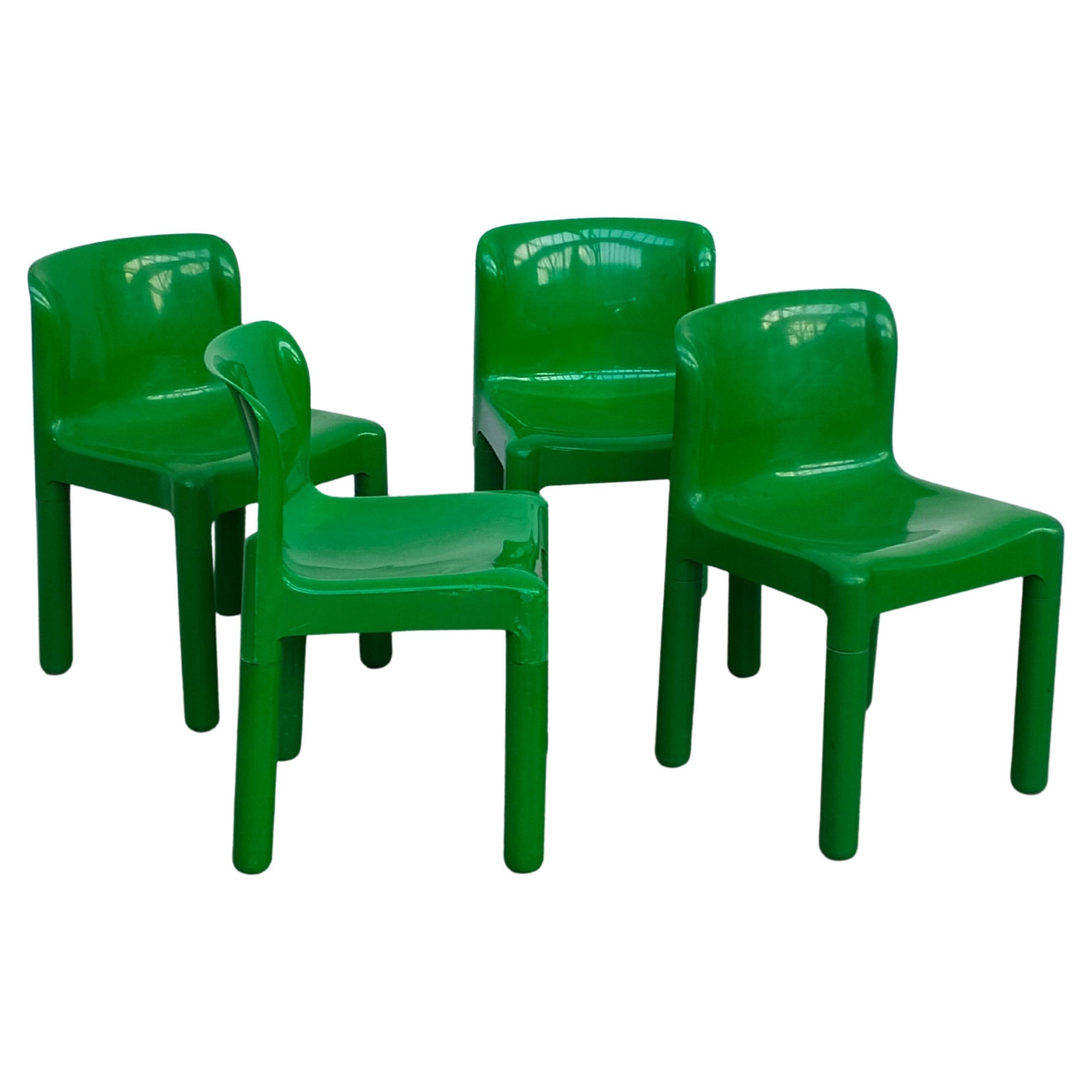

The architect, however, saw his clients as “co-creators” and was dedicated to pushing the established boundaries of modernism, what he called the ”measly ABC.” Clients understood this creative potential. As his career flourished, he was criticized for changing his style depending on his client’s needs and desires.

In 1934, Saarinen graduated from the School of Architecture at Yale University. It was at Cranbrook that Eero met Charles Eames, beginning their lifelong collaboration. Settling in Michigan, Eliel co-founded the Cranbrook Academy of Art and designed most of the buildings for the campus – now a National Historic Landmark – while the young Eero worked alongside his father as a student apprentice. Louis, Washington D.C.’s Dulles International Airport Terminal and the Kresge Auditorium on MIT’s campus express his groundbreaking brand of midcentury modernism.īorn in Finland to famed architect Eliel Saarinen and textile designer Loja Saarinen, Eero immigrated with his family to the United States in 1923. Iconic projects like the Gateway Arch in St. Saarinen’s architectural legacy communicates this sentiment of giddy potential and unfettered optimism in post-war America. Taken from us too soon at the age of 51, Eero Saarinen has a legacy that lives on, making a mark on our cities as well as our homes.“The purpose of architecture is to shelter and enhance man’s life on earth and to fulfill his belief in the nobility of his existence,” said Eero Saarinen in 1959.
Eero saarinen designs series#
Working with Charles, her husband Ray Eames and husband-and-wife production team Florence and Hans Knoll, Saarinen created a series of important pieces of furniture including the "Grasshopper" lounge chair and ottoman, the " Womb chair", ottoman and settee, and the famous " Tulip" or "Pedestal" group of side and arm chairs, a stool, and dining, coffee and side tables.Īs Saarinen grew older, he became more focused on architecture, striving to take Modernism “beyond the measly ABC.” His exuberant, elaborate compositions were controversial at the time with critics who complained he invented “a new style for every building.” Today, however, his body of work stands alone. Strangelove’s interior decorator, and into the world of furniture design. Luckily, Saarinen’s enduring collaboration with former schoolmate Charles Eames lured him away from his burgeoning career as Dr.
Eero saarinen designs manuals#
In 1940, he became a naturalised US Citizen and put his new found patriotism to work, illustrating bomb disassembly manuals and designing the White House Situation Room for the US Office of Strategic Services. He traveled to France to study sculpture, but after a year switched to architecture and returned to the US to study at Yale. Eero studied at the Academy, taking courses in sculpture and furniture design, as well as developing close friendships with fellow students and future design world superstars Charles and Ray Eames and Florence Knoll. Saarinen was the son of Eliel Saarinen, the celebrated Finnish architect and first President of Michigan’s Cranbrook Academy of Art. This undisputed master of 20th century architecture was also the furniture designer behind many of the era’s most innovative and enduring pieces. Kennedy Airport’s TWA Terminal, Saarinen’s architectural works represent some of the most potent symbols of American identity at the dawn of the atomic age.īut while many of Saarinen’s best-known creations tower over cityscapes, genuine Saarinen design can also be found in kitchens, dining rooms and lounges around the world. Louis’ Gateway Arch, Detroit’s General Motors Technical Centre and John F. The visionary behind iconic structures like St. However, no other designer or architect has been as synonymous with “The American Century” as that of Eero Saarinen. He was born in Finland and has a name that is undisputedly Scandinavian.


 0 kommentar(er)
0 kommentar(er)
